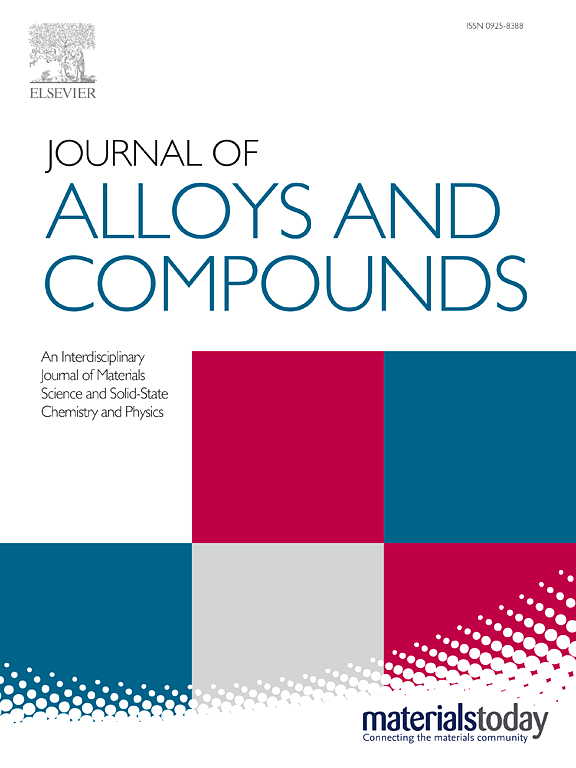用于人体自供电医疗传感器的细菌纤维素- zno复合压电纳米发电机
IF 5.8
2区 材料科学
Q2 CHEMISTRY, PHYSICAL
引用次数: 0
摘要
本研究通过整合细菌纤维素(BC)和氧化锌(ZnO)纳米粒子,开创了一种高性能、环保的压电纳米发电机,为下一代自供电医疗传感器提供了一条新途径。与传统的刚性发电机不同,BC/ZnO复合材料独特地结合了天然的柔韧性、可生物降解性和高压电响应性,使其成为与人体皮肤保形集成的理想选择。系统优化ZnO含量发现,当wt% (BZ4膜)为20时,该器件在5 N负载下的峰值输出电压为0.12 V,最大压电常数为25.6 pC/N,是纯BC的5倍。该传感器具有优异的压力灵敏度(约0.5 V/N),并且在10,000次机械循环后保持了95%以上的性能。最值得注意的是,这种自供电传感器可以在没有外部电源的情况下实时监测人体脉搏和呼吸,展示了它的实用性。这项工作为灵活的生物电子接口引入了一种创新的、可持续的解决方案,为智能健康监测和自主医疗诊断铺平了道路。本文章由计算机程序翻译,如有差异,请以英文原文为准。

Piezoelectric nanogenerators with bacterial cellulose-ZnO composites for human self-powered healthcare sensors
This study pioneers a high-performance, eco-friendly piezoelectric nanogenerator by integrating bacterial cellulose (BC) with zinc oxide (ZnO) nanoparticles, offering a novel pathway for next-generation self-powered medical sensors. Unlike conventional rigid generators, the BC/ZnO composite uniquely combines natural flexibility, biodegradability, and high piezoelectric responsiveness, making it ideal for conformal integration with human skin. Systematic optimization of ZnO content revealed that at 20 wt% (BZ4 membrane), the device achieved a peak output voltage of 0.12 V and a maximum piezoelectric constant of 25.6 pC/N under a 5 N load—five times greater than that of pure BC. The sensor exhibited excellent pressure sensitivity (about 0.5 V/N) and retained over 95 % of its performance after 10,000 mechanical cycles. Most notably, the self-powered sensor demonstrated real-time monitoring of human pulse and respiration with no external power, showcasing its practical viability. This work introduces an innovative, sustainable solution for flexible bioelectronic interfaces, paving the way for intelligent health monitoring and autonomous medical diagnostics.
求助全文
通过发布文献求助,成功后即可免费获取论文全文。
去求助
来源期刊

Journal of Alloys and Compounds
工程技术-材料科学:综合
CiteScore
11.10
自引率
14.50%
发文量
5146
审稿时长
67 days
期刊介绍:
The Journal of Alloys and Compounds is intended to serve as an international medium for the publication of work on solid materials comprising compounds as well as alloys. Its great strength lies in the diversity of discipline which it encompasses, drawing together results from materials science, solid-state chemistry and physics.
 求助内容:
求助内容: 应助结果提醒方式:
应助结果提醒方式:


